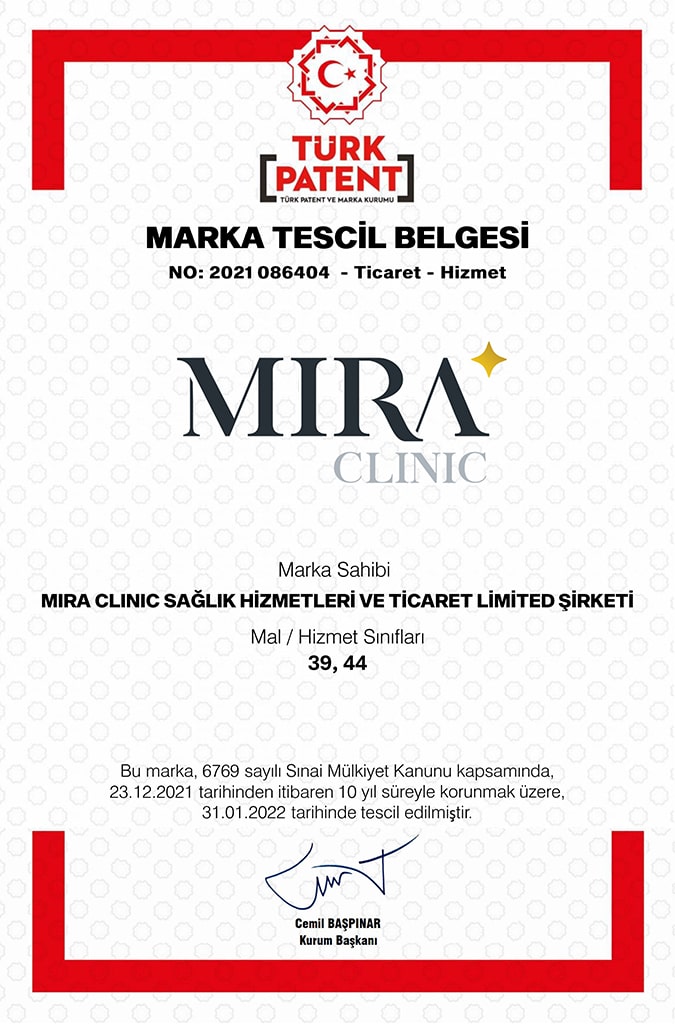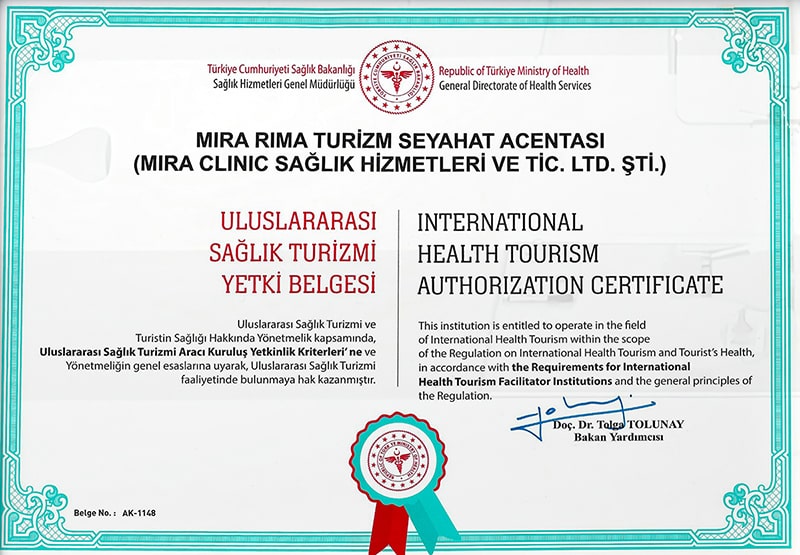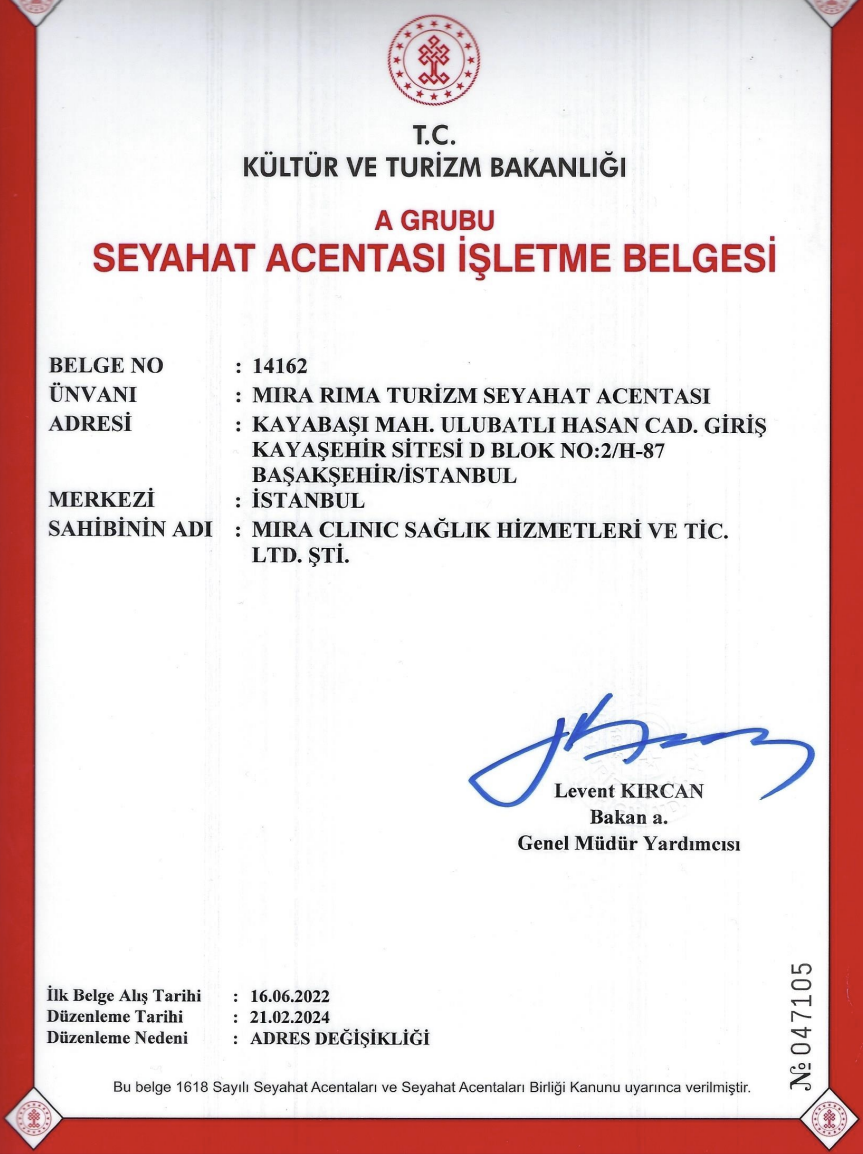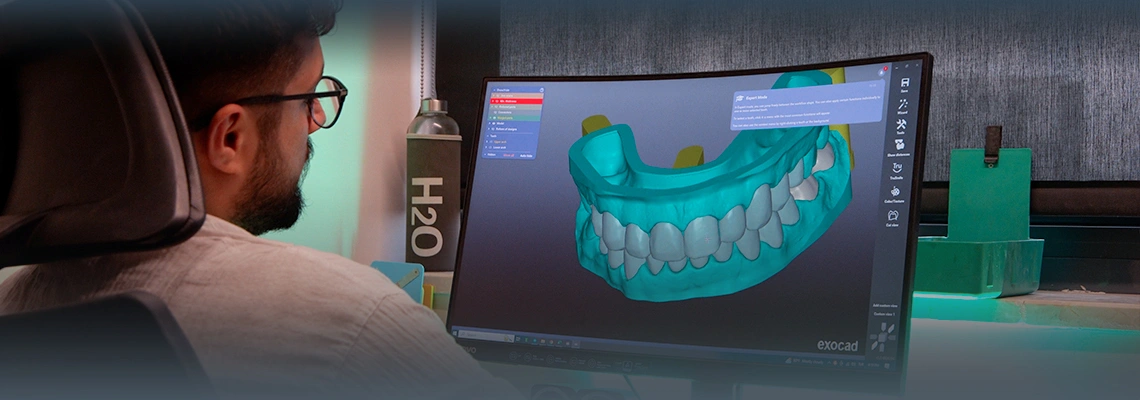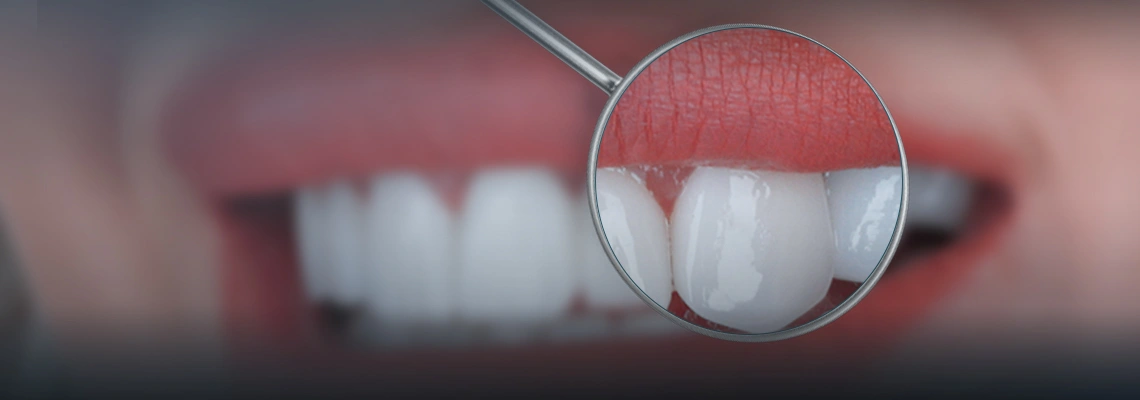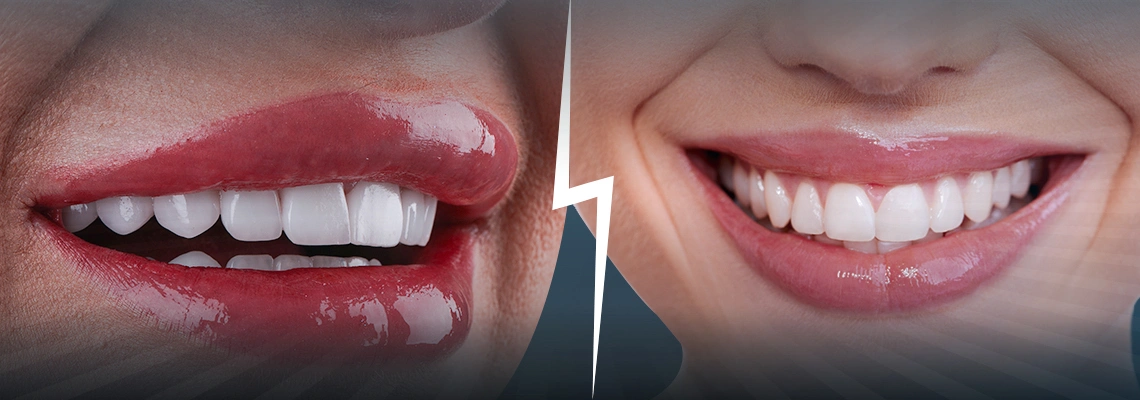ًWhat is Tummy tuck recovery? Tummy tuck surgery, also known as abdominoplasty is one of the most popular cosmetic surgery procedures for women and men, which aims to improve the appearance of the abdomen, whether due to childbirth, aging, or weight gain. Despite the popularity of this surgery, many people need to learn how much time is enough to recover from tummy tuck, as understanding how to heal and the timeline helps many patients in their recovery journey.
Table of contents:
How long is the recovery after the tummy tuck?
The recovery from tummy tuck depends on several factors, including your age, health, body weight, and the type of tummy tuck you want to do. If you are thinking of doing a tummy tuck, you need to think about the recovery process, as it varies from person to person.
Naturally, you want to return to your normal state after surgery, but you must first give your body time to heal. The recovery journey and seeing the full effect of tummy tuck surgery takes about six weeks, during which you will need to wear a particular type of pants or corset to reduce swelling and help the wound heal.
Related articles:
Tummy tuck recovery week by week
1 week after tummy tuck:
The first three days after tummy tuck surgery will be the worst, as you will suffer from some pain, swelling, and inflammation, and these symptoms are typical. You can rest in bed during this period, lie on your back or as directed by your doctor, and do a little walking, as this is very important to stimulate your blood circulation, and remember to eat some light and healthy meals. You will feel a little better at the end of the first week.
2 weeks after tummy tuck:
You will feel better in the second week so that you can shower and move (according to the doctor’s instructions). You can do some easy activities this week, such as playing chess or walking slightly longer distances. Remember that you may bend a little when walking; you will feel some improvement in the second week but will still feel some pain and may need to take painkillers prescribed by your doctor.
3 weeks after tummy tuck:
You will continue to improve and recover from tummy tuck surgery, and before this week, you should try to switch to pain management without a prescription.
4 weeks after tummy tuck:
You can expect most of the swelling from the surgery to disappear by the fourth, fifth, and sixth weeks of the recovery period. At this stage, you may not fully recover from the surgery, but you will be able to return to school or work and may be able to do more activities and exercises.
Tummy tuck scar
One of the expected side effects of abdominoplasty is that this operation will leave you with a scar that extends across the lower part of the abdomen. If you have a full abdominoplasty, there will also be a scar around the navel.
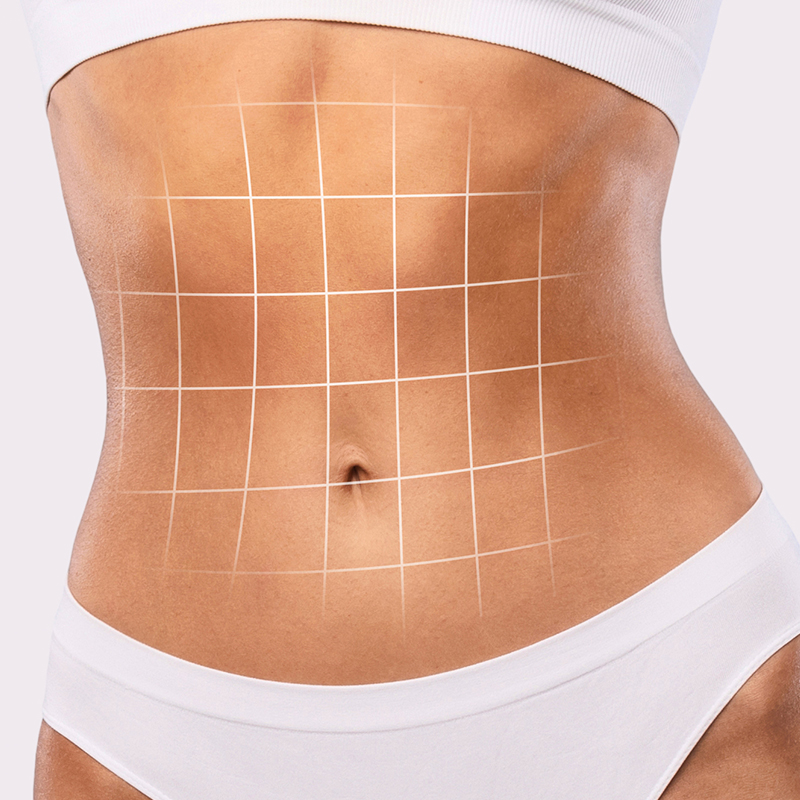
Full tummy tuck (Full abdominoplasty)
The incision for a full tummy tuck usually extends from hip to hip bone so that you can hide the scar in a bikini. The surgeon will determine the shape of a U or V shape so that the length and shape of the incision are according to your preference and the amount of correction you want, and you may also have an incision around the navel.
Mini tummy tuck (Mini abdominoplasty)
Through a mini tummy tuck, the surgeon makes one incision in the pubic area, and there are no incisions around the navel. The length of the mini tummy tuck incision and scarring can range from several inches to your entire abdomen.
Tummy tuck surgery side effects
Tummy tuck surgery may involve many side effects, some of which are:
-
Difficulty in wound healing: Sometimes, the recovery of the areas along the incision may worsen, and the doctor will prescribe antibiotics during and after the surgery to prevent infection.
-
Fluid retention under the skin (seroma): The risk of fluid accumulation can be reduced by leaving drainage tubes in place after surgery, or your doctor may use a needle and syringe.
-
Scarrin: The scar resulting from tummy tuck surgery, is permanent but usually along the bikini line, making it easy to hide.
-
Tissue damage: The deep fatty tissue under the abdomen may be damaged or die; this tissue may heal on its own or require additional surgery, and smoking increases the risk of tissue damage.
-
Changes in skin color: Changing the position of abdominal tissues can affect the nerves in the abdominal area during surgery.
Tummy tuck recovery tips
Recovery from any abdominoplasty takes from two weeks to two months, and you can follow these tips to recover from tummy tuck surgery faster:
-
Proper nutrition: Following a healthy diet that contains protein, is fat-free, and includes vegetables and fruits to help speed up wound healing and prevent constipation.
-
Rest: It is important to rest in bed, and there is no objection to movement every few hours.
-
Movement: Try to get up and go to the kitchen or bathroom every two to three hours, as this reduces the risk of blood clots or lung infections.
Deep breathing and coughing: Take a long breath and try to cough (using a pillow to protect your abdomen) every two hours to reduce the risk of pneumonia.
-
Pain management: You can agree on this with your caregiver, as pain intensity varies from person to person and according to the type of surgery.
-
Incision care: You must wear a compression corset (abdominal belt) over the dressing during the recovery period and keep the incision clean and dry. Your caregiver may suggest using restorative creams.
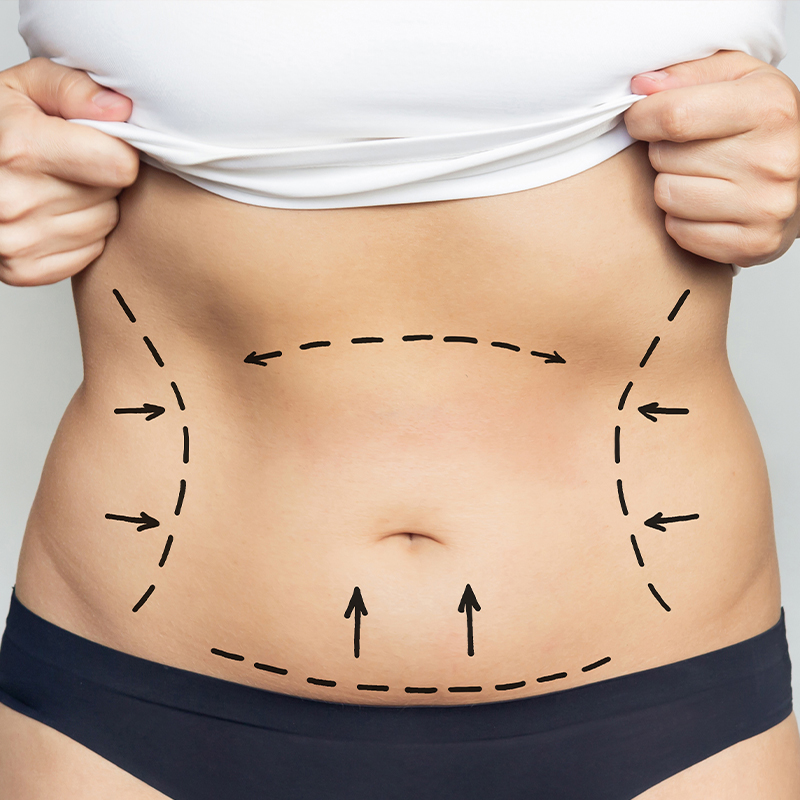
Tummy tuck before and after
The main goal of tummy tuck is to improve the shape of the abdominal area by removing excess skin, fat, and stretch marks and tightening abdominal muscles. after undergoing tummy tic surgery, the final results are not apparent at first due to swelling, but with complete healing that may last for several weeks depending on the case, the surgeon can take pictures for you before and after the operation for comparison.
The resources:
